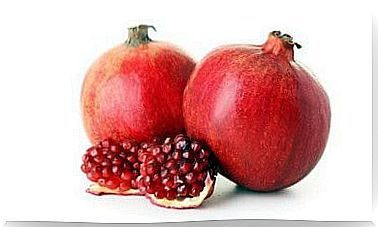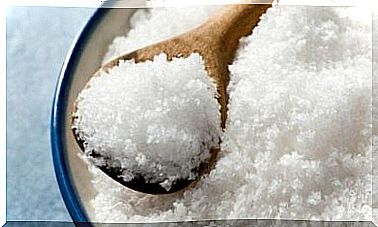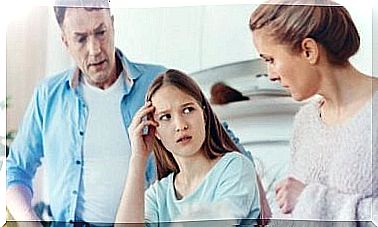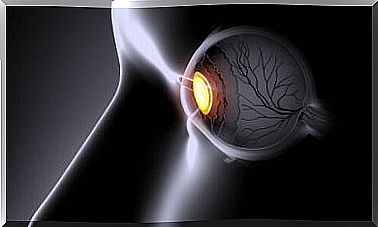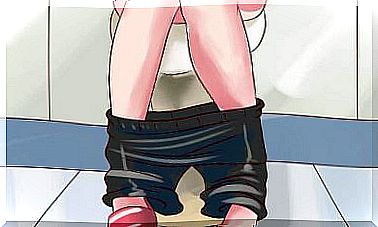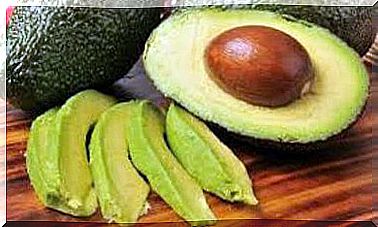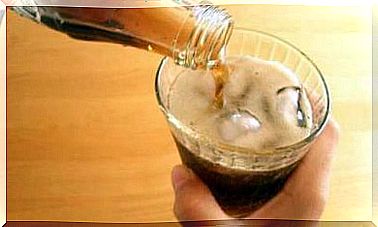White Or Pale Stools: Causes Of Their Appearance And Treatment
When white stools appear, we worry. This problem requires a lot of attention. Here you will find out what are the causes behind their appearance and how they are treated.
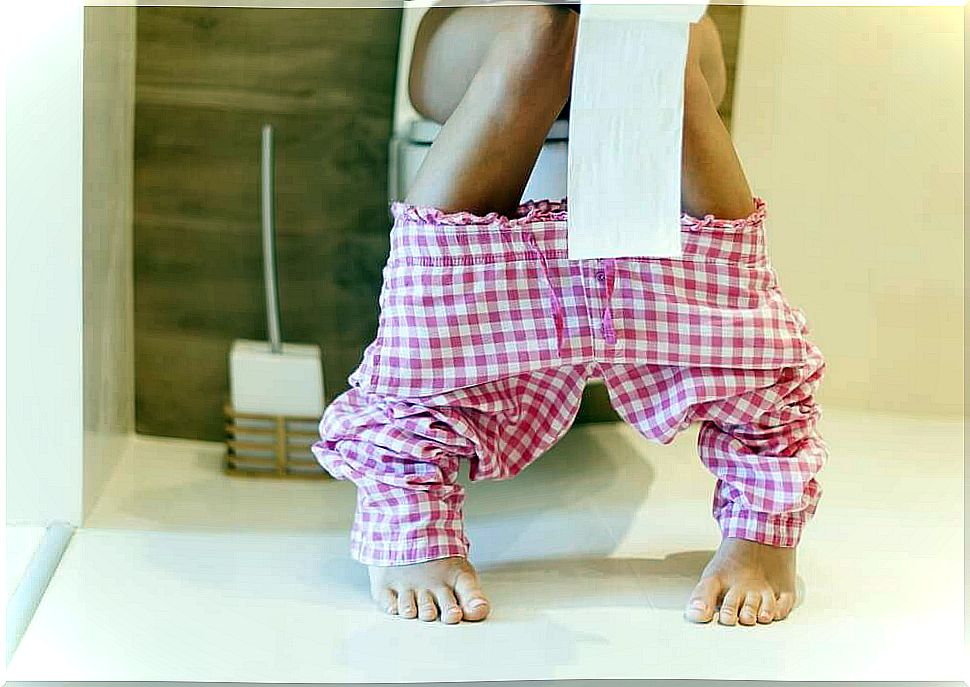
Stools tell us about the condition of our intestines and digestive tract. A change in color can be a warning sign of an illness or condition affecting our health. For example, white stools are a clear sign of a dysfunction in the body.
The stool color palette includes many shades of brown as well as green and black. When they are white or pale, what should we do?
White or pale stools
When the stool is white or a shade of clay, it tells us that we have a problem with the biliary system (pancreas, liver, or gallbladder). The brown color of the stool is caused by bile salts secreted by the liver.
When they are white, it is due to an infection in the liver that decreases bile production or a blockage in the bile ducts. The digestive system is then unable to properly absorb fat.
There are also light colored stools (yellow to gray) and fatty stools, called acholic.
It is common to have this type of problem at some point in our life. Some changes may just be temporary, but they can also become very worrying and take on impressive proportions.
The possible causes of the appearance of white stools
Several causes can be at the origin of white stools: the taking of certain drugs, bad habits of life, a disease or specific diseases.
1. Medicines

Some people take certain medications that cause their stools to turn white. Antibiotics used to treat infections like tuberculosis or intestinal illnesses like diarrhea are an example.
In addition, anti-inflammatory drugs and oral contraceptives also cause white stools. Likewise, anabolic steroids can cause drug-induced hepatitis, as well as white stools.
White stools usually go away a few weeks after stopping the trigger medication.
2. Hepatitis
Hepatitis is inflammation of the liver, usually of the viral type, caused by the hepatitis A, B or C virus. Hepatitis C is the most dangerous because, when left untreated, it becomes fatal .
One of the symptoms of hepatitis is pale or clayey stools caused by poor liver function.
3. Alcoholic hepatitis
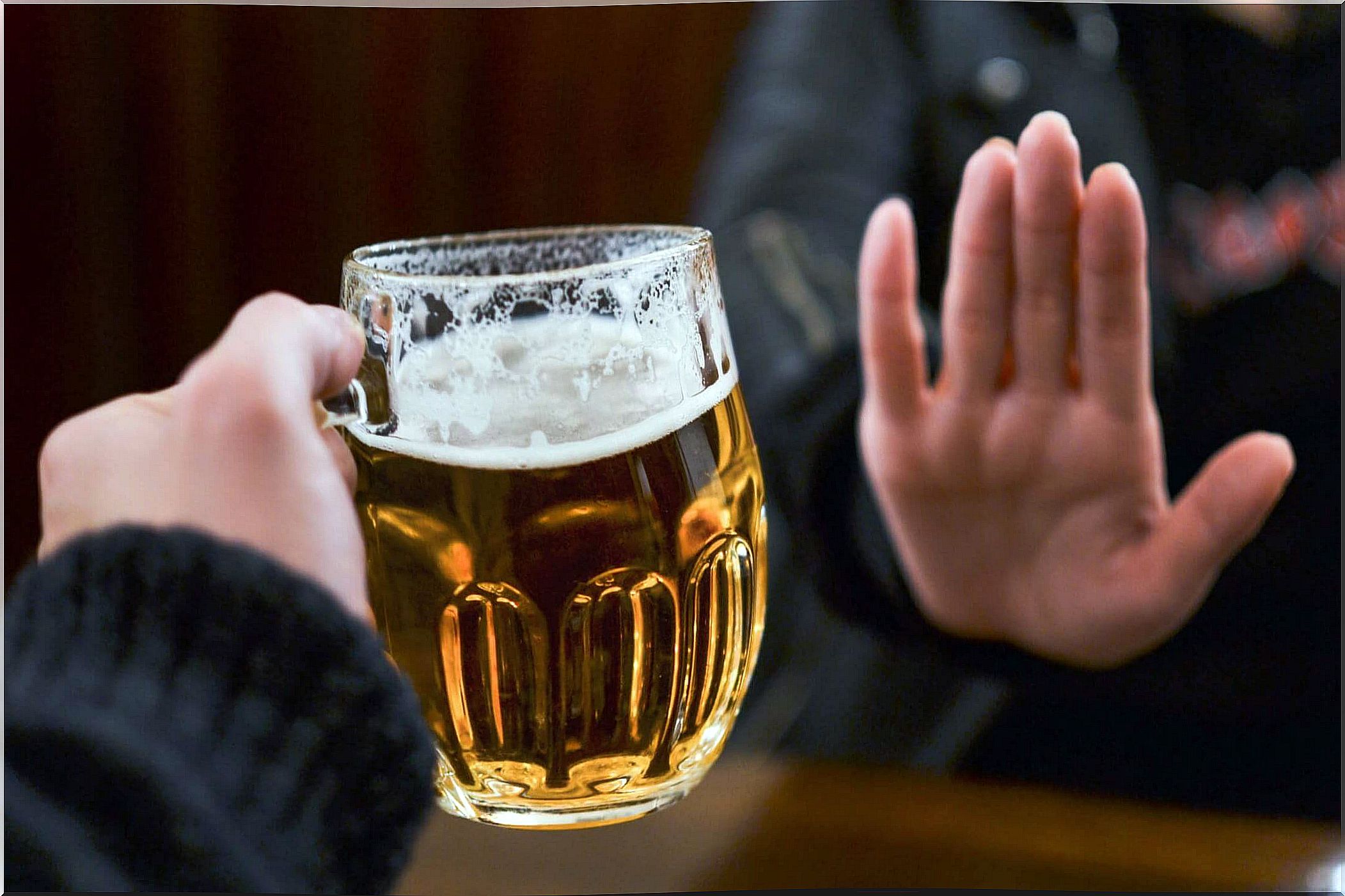
The cause of this disease is excessive alcohol consumption. It manifests as inflammation of the liver. It will depend on how much alcohol you drink and how long you drink it.
Symptoms are ascites, fatigue, edema, hepatic encephalopathy and jaundice. Hepatitis is one of the most common causes of white stools . Hepatitis (alcoholic or viral) can lead to cirrhosis.
4. Biliary cirrhosis
Biliary cirrhosis is a chronic and irreversible disease of the liver in the end stage. It occurs when liver cells are destroyed. It causes irritation and inflammation of the bile ducts of the liver.
The flow of bile is blocked, causing damage to liver cells. It is followed by a scar called cirrhosis. One of the many effects of cirrhosis is the appearance of white stools.
5. Cancer
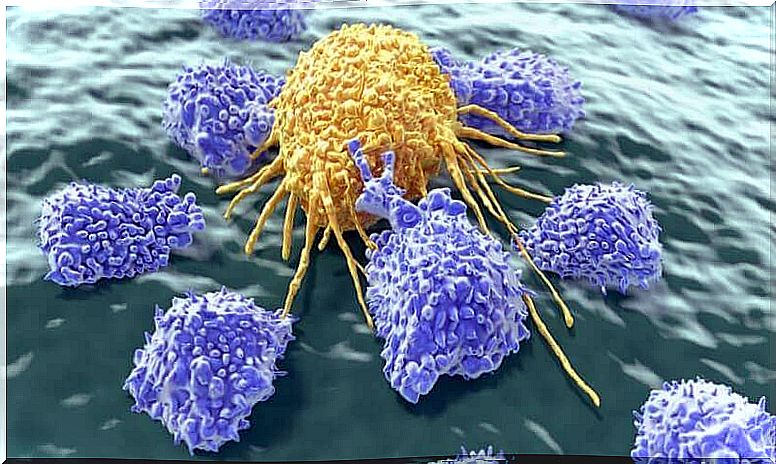
Some types of cancer can cause light or pale colored stools, as well as fatigue. Pancreatic cancer, biliary tumors, and other cancers that block the bile duct cause stools to turn a pale yellow or clay color. Due to a lack of digestive enzymes from the pancreas.
It can also cause fatigue, as food is not fully digested and nutrients cannot be absorbed. Which can lead to malnutrition.
6. Gallstones
The gallstones are solidified residues in the gallbladder which can obstruct the flow of bile. Stones are formed from hardened cholesterol or bilirubin.
When gallstones are large, they sometimes block the bile ducts. In charge of releasing the bile filled with bilirubin in the intestines, which makes the stool pale.
When they are too big and do not go away with medication, surgery should be done to remove them.
7. Primary sclerosing cholangitis

Primary sclerosing cholangitis is a disease in which the bile ducts become inflamed or scarred. This condition results in decompensation of the bile flow. It does not reach the stools pleasantly and therefore they are discolored.
However, this pathology can be treated with drug therapy or surgery.
Diagnosis and treatment of white stools
The appearance of white stools is a serious condition. It is important to see a doctor promptly, who should provide adequate treatment when the causes are discovered and diagnosed.
The tests that must be performed in order for the doctor to make an accurate diagnosis should include the following:
- Blood tests to look for any abnormalities.
- A CT : This is a diagnostic test that produces an image of the body.
- An endoscopic retrograde cholangiopancreatography (ERCP): This is a special type of imaging by magnetic resonance imaging (MRI) that captures detailed images of the biliary system.
- An abdominal ultrasound : this is a test to create a picture of the organs and make sure everything is in order and in place.
- Of liver function tests.
- A surgery to find defects in the biliary tract.
Once the cause of white stools is treated, it should return to its normal color. However, if the disease is not curable, the stool will still look abnormal and further treatment will be necessary.
White stools in children: causes and treatment
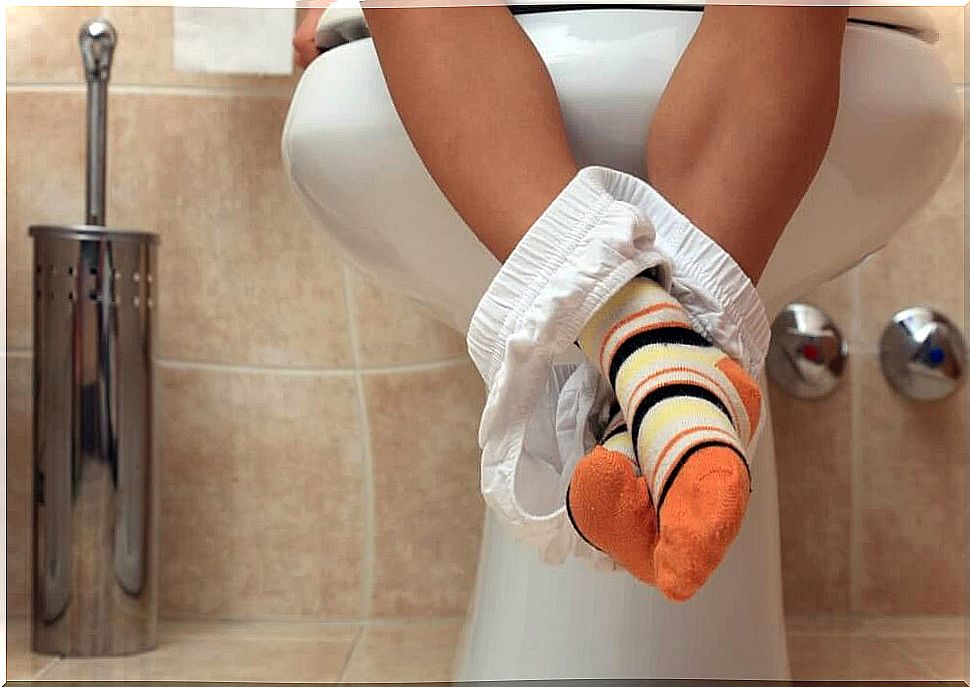
It is always important to check our children’s stools, as they can reveal health problems. White stools or white diarrhea are common in children, sometimes from unsuitable milk or dairy products.
When we have children, we should always inquire about the reasons why this happens and the causes of white stools, as well as the most appropriate treatment to treat them. Of course, see a doctor as soon as possible.
Causes of white stools in children
- The quality, quantity and proportion of the food they eat.
- Consumption of cold food.
- Poor absorption of food due to a tiny parasite that harms the intestine.
- Hepatitis.
Treatment of white or pale stools in children
The first thing to do when a child has white or pale stools is to see a doctor. Your child’s stool will likely be examined.
Under these circumstances, it is advisable to drink plenty of fluids to avoid dehydration. The child needs a lot of water and mineral salts. Sometimes the presence of germs present can cause white stools. If this is the case, treatment with antibiotics will be necessary.
Finally, never use anti-diarrheal drugs containing loperamide in children without a doctor’s prescription. The same recommendation applies to any other medication that has not been prescribed by a healthcare professional.
